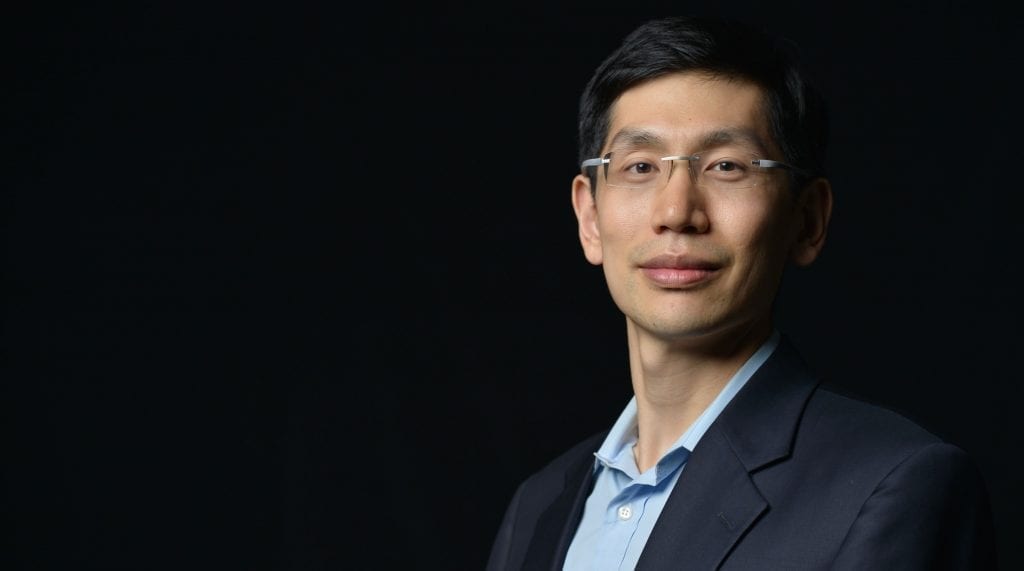“Smarter Technology for All starts on the inside,” says Lenovo’s CIO, Art Hu. “It’s not just about creating new technology and products for customers and clients; it’s also about using technology to transform business. As consumers across industries increasingly demand personalized experiences, technology companies are shifting from product-focused to more customer-centric business models. That means enterprise Information Technology has to ditch its traditional emphasis on bits, bytes, feeds, and speeds hallmarks,” says Hu.
Hu leads Lenovo’s business transformation and information technology (BT/IT) team of approximately 3,000 people located primarily in Beijing, Shenzhen, Chicago, and Raleigh, North Carolina. BT/IT supports the company’s 54,000 global employees at 126 sites in about 160 countries. Enterprise Technology at Lenovo is in the midst of transformation Hu believes is critical to the company’s success. And it’s part of trend he sees across the enterprise IT landscape.
“The days of old IT where we could be just the backstage function making sure the business just runs are over. IT has to move to the fore and partner with business,” he said.

For Lenovo, that means shifting both IT’s terminology and team organization to more closely align with the capabilities business teams use to deliver customer value. For example, IT teams used to think in terms of systems and technologies rather than business capabilities, even labeled by the software products they supported. Now IT teams at Lenovo are organized holistically by the outcomes and capabilities they deliver.
“And instead of delivering a single function—for example, the ability to price a customer bid—we have to deliver the overall experience, such as the ability to price a customer bid rapidly and efficiently with very low friction,” Hu says.

That also means the team has become more comfortable with operate differently. Instead of large, sporadic go-live dates every couple of quarters or even annually, teams must now support smaller, more frequent delivery of capabilities. It’s not an easy process, but it’s one Hu believes is critical to future success. External customers expect that businesses will rapidly respond to their wants with new functions and capabilities in the products they buy. Businesses also expect that enterprise IT respond the same way.
Hu explained: “The biggest challenge is becoming comfortable with uncertainty. The traditional IT structure was a top-down, command-and-control environment where teams worked in a waterfall approach. The strategic mandate was to manage and mitigate risks, meet timelines, and stay within budget.”
“In a more customer-focused company, IT delivery metrics are different: We still have to provide high quality and stay within budget, but the business cares much more about the velocity with which we can provide new functionality. We also need to be fast learners and to become comfortable with experimentation.”
The new way of thinking about enterprise Information Technology focuses teams on less on how making technology work and more on how to use it to capture value. At Lenovo, Hu’s team is building out next-generation data centers and operating model, and accelerating the company’s journey to the cloud. The work also includes a portfolio of internal initiatives around applying AI in all parts of our business and value chain, whether internal or external.

“When it comes down to it, at the intersection of technology, people and the business, it’s not about the technology itself; it’s finding opportunities to apply it to our existing operations to create something new that drives value.”
